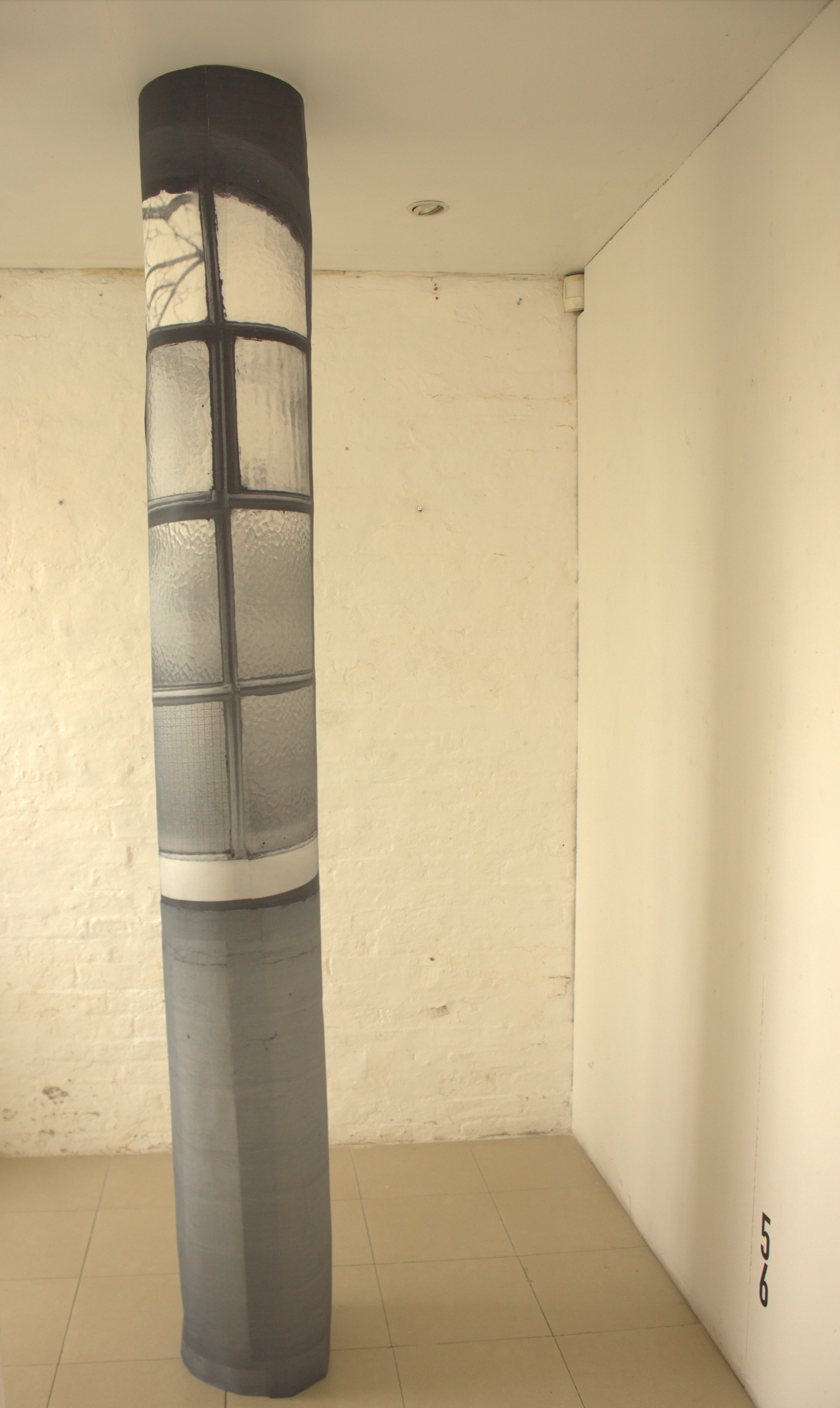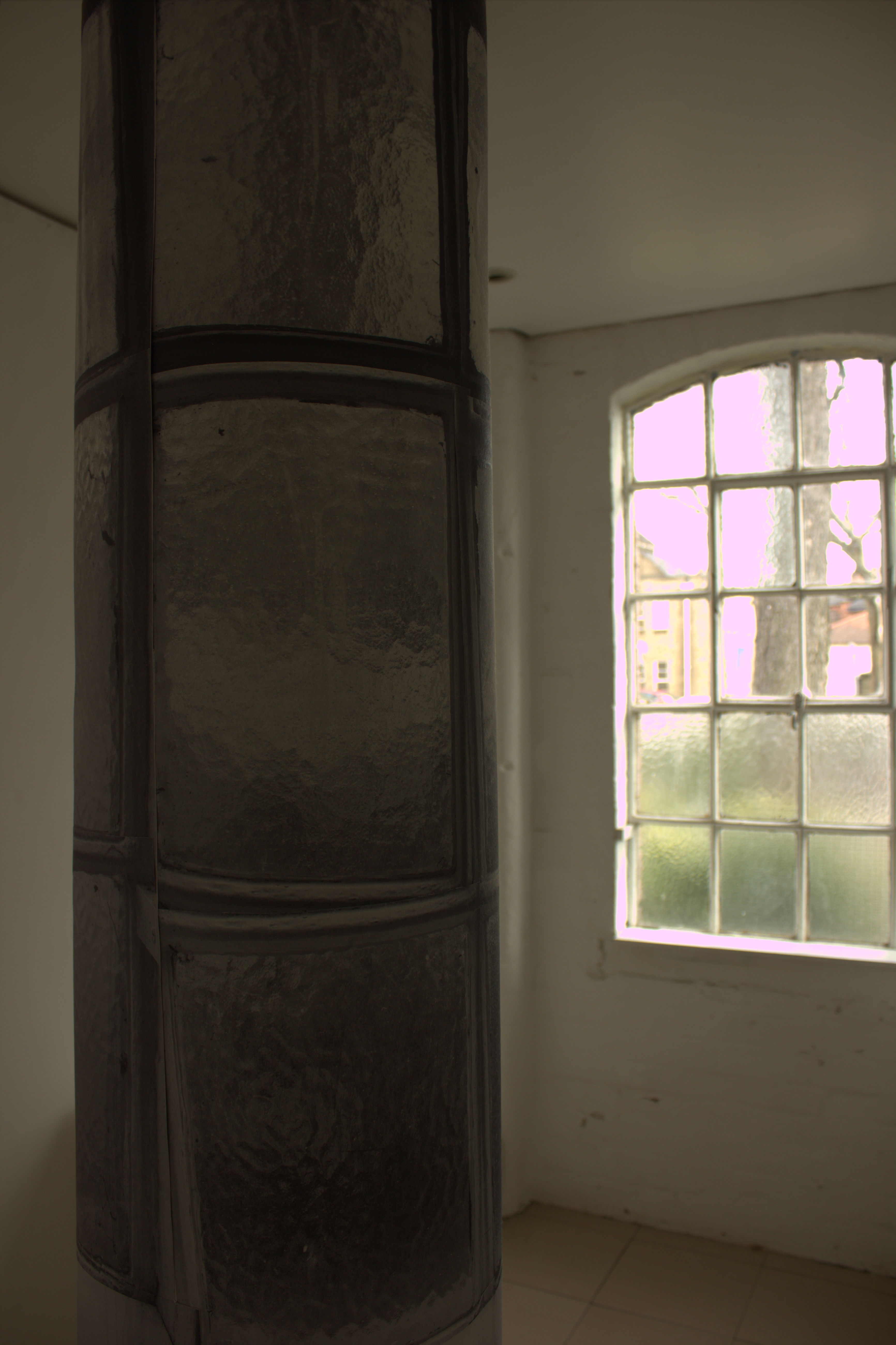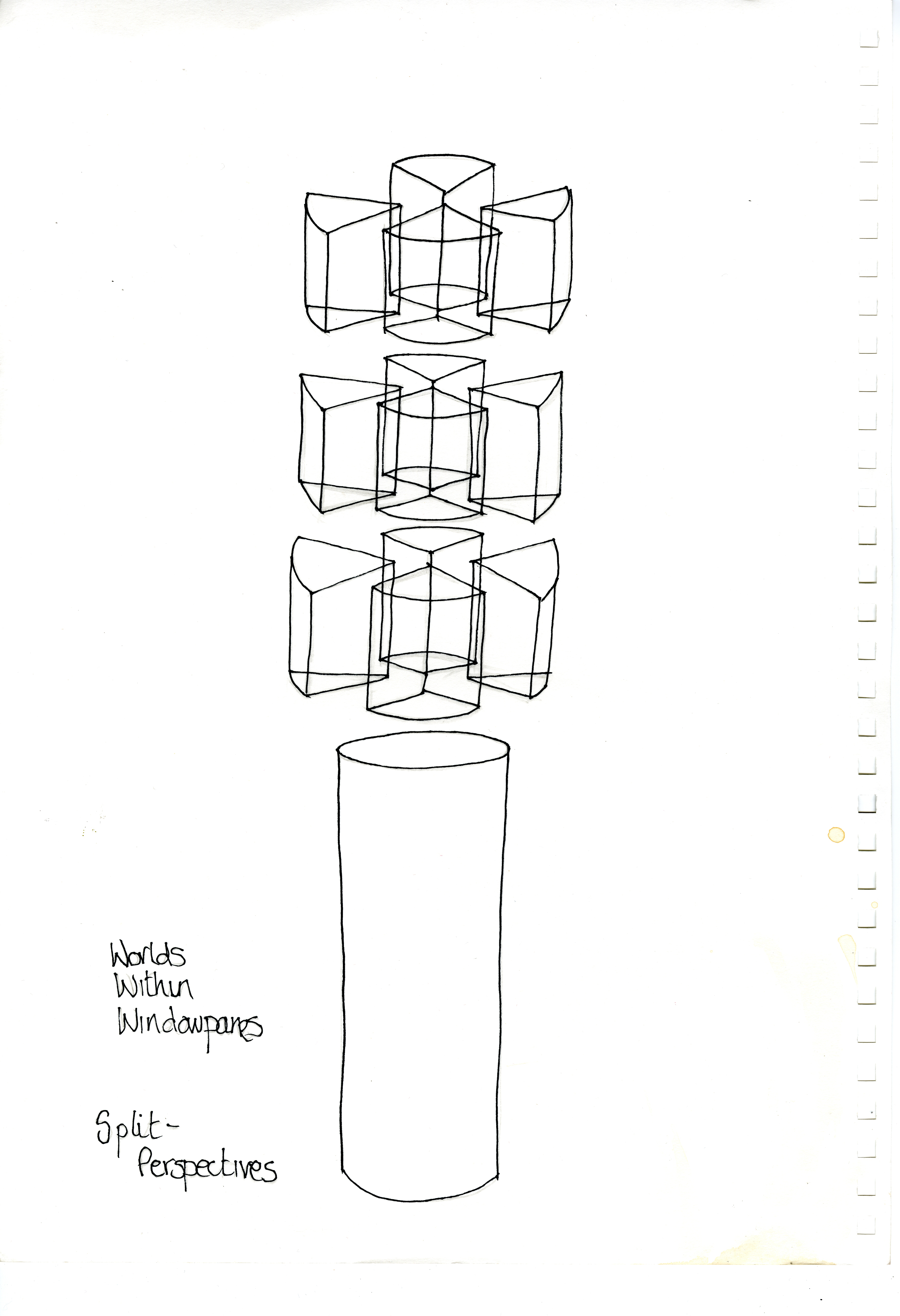

In ‘Where Film Meets Philosophy : Godard, Resnais, and Experiments in Cinematic Thinking’, Hunter Vaughan refers to the cinematic camera as an anthropomorphic device, that is capable of reflecting and translating inner subjective states, such as; flashbacks of memory and dreams.
Referencing Deleuze’s ‘plane of immanence’ from ‘Cinema 1: the movement-image’, Vaughan speaks to the cinematic experience as ‘…a site of potentiality and becoming’, in which, to think without opposition, where ‘…a malleable structuring of subject-object relations…makes possible an infinite variety of relationships between spectator, diegetic world, and the real’, where unseen truths can be made visible through the cinematic image, by encapsulating tensions inside and outside the cinematic frame, to encourage self-conscious moments of reflexivity.[1]
Thinking through the premise of ‘derange’, beyond psychological and sociological references, through an assemblage of multiple perspectives and disturbances of thought, to create tensions between what is thought and unthought and what is seen or not seen:
- Playing with aspects of orientation, such as the cinematic strategy ‘mise-en-abîme’ (a film within a film) to turn the orientation of looking out of a window, inside-out.
- Build a sculptural form, made-up from a collage of documented window panes, where the act of exploring the cylindrical form, mirrors the movement of animating cinematic frames.
- Divide the cylindrical form into many structural elements that can be reconfigured (divided and connected).

[1] Hunter Vaughan, ‘Where Film Meets Philosophy : Godard, Resnais, and Experiments in Cinematic Thinking’. New York: Columbia University Press. 2013. p5-9